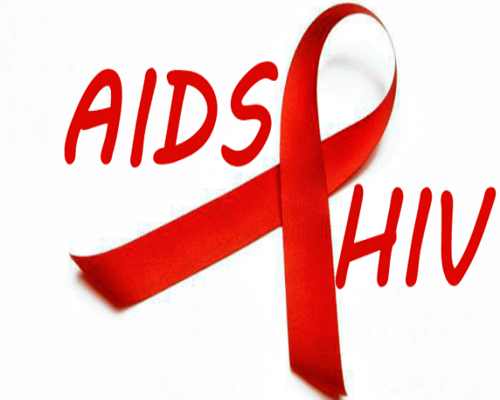World AIDS Day is celebrated on December 1 every year. December 01 has been observed as “World AIDS Day” since 1988 as per the instructions of the “World Health Organisation” to create awareness about AIDS. On June 5, 1981, AIDS was first diagnosed in four gay men. America today has infected many millions of people around the world. AIDS was first recognised in USA in June 1981. The Office of National AIDS Policy (ONAP), established in 1993 under President Clinton.
HIV and AIDS
Not everyone with the HIV virus has AIDS. Despite having the HIV virus in the body, they look healthy for a few years. When their health deteriorates, they are considered to have AIDS.
How do people get AIDS?
AIDS is spread through sexual contact, through blood, through needles, and through blood donation from an infected person. There is no risk of infection due to injections, circumcision, etc.
Symptoms of AIDS
It is difficult to detect traces of the HIV virus through blood tests for 3–6 months after it enters the body. This is called the window period. People with AIDS have the following symptoms: Symptoms of HIV include fever, mouth ulcers, skin diseases, lethargy, watery diarrhoea, loss of appetite, lethargy, 10% weight loss, swollen glands, etc. Once the virus enters the body, the above-mentioned disorders may or may not appear. Medicines for HIV treatment, especially ART (antiretroviral therapy) or ARV (antiretroviral), are often divided by the way they work.
Stopping AIDS…
There is currently no cure for AIDS. Prevention is the way. The government has set up VCTC centres in all referral hospitals for voluntary blood tests and counselling. Establishing centres is not enough. People should be made aware of AIDS. The discussion should take place only when the four are talking together. They want to create awareness in rural areas. If public representatives, officials, especially doctors, medical staff, ANMs, Asha workers, RMPs treating rural areas, and voluntary organisations work hard to educate people about AIDS, it can be prevented, if not eradicated.
About ONAP

